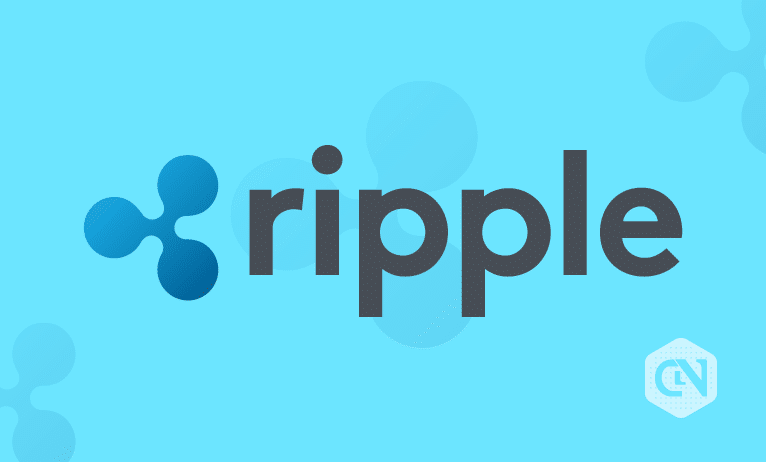It is very interesting to know the various payment protocols used in blockchain technology, especially when it comes to international, cross-border remittances. Ripple is one of the most trusted names in the domain of cross-border payments, and to strengthen its position, some of the Ripple’s key persons demonstrated the process of global payment in front of audiences belonging to Financial Institutions, banks, and other stakeholders involved in the financial ecosystem.
International Payment Process
Ross Edwards and Kevin Mole, two key executives of Ripple, showed the fundamental steps that go behind the scenes whenever cross border payments are made using RippleNet. During the demonstration, they took the example of payment to the Philippines and revealed the various payment pathways, interaction between stakeholders, and, more importantly, the convenience offered by the Ripple to end-users in terms of sending/receiving their international payments with fast speed and a higher degree of transparency. Following are the steps that the Ripple network uses to credit the payment globally:
1) The sender initiates the transfer process of crediting a certain amount of money to the beneficiary’s account
Advertisement
2) The messenger of the Ripple will swing into action, and it verifies the basic account information of both sender and beneficiary through their respective banks.
3) A third important step is a verification that is done by the Ripple’s nodes to ascertain whether enough funds are available in the account of the sender.
4) Once the liquidity part is confirmed, Ripple settles the payment and sends the notification about the same to both the sender and receiver.
Advertisement
In sum, it is fascinated to witness so many protocols, and nodes are involved behind the payment settlement. Ripple has resulted in a very high convenience for the customers, and its utility in the cross border payments is absolutely amazing.







